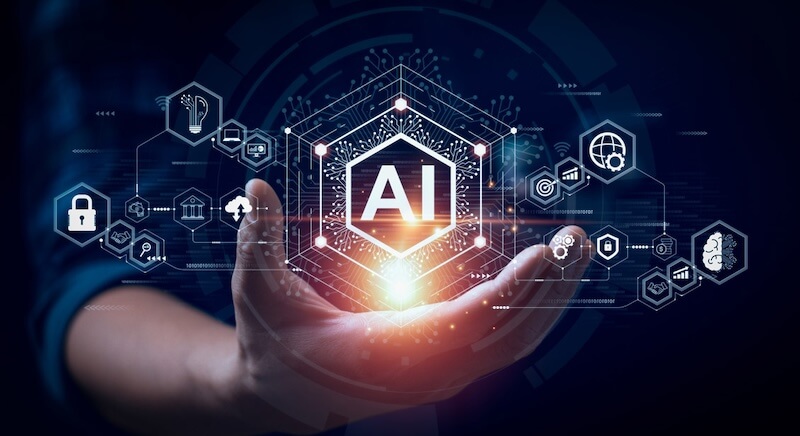The rise of AI image generators has opened up exciting possibilities for creating art in various styles, including the distinctive aesthetic of Studio Ghibli. However, this new technology also brings forth complex legal questions about copyright infringement, intellectual property, and the rights of artists. As users and organizations increasingly embrace AI-generated Ghibli art, it's crucial to understand the potential legal risks involved.
Copyright and Artistic Style
Copyright law protects the expression of an idea, not the idea itself. This concept, known as the idea-expression dichotomy, is central to the legal debate surrounding AI-generated art. While Studio Ghibli cannot copyright the general idea of "soft pastel tones" or "forest-focused themes," copyright law does protect the specific elements that make Ghibli's works unique, like particular characters or compositions. Therefore, AI-generated images that closely mimic these copyrighted elements could be considered derivative works and infringe on Ghibli's copyright.
Several legal experts have stated that copyright law does not protect an artist's style, no matter how distinctive. However, the unauthorized replication of a highly recognizable and unique style such as that of Studio Ghibli is beyond the idea and could be considered derivative and infringing.
The Human Authorship Requirement
A key principle of copyright law is the requirement of human authorship. In the United States, the Copyright Office has stated that AI systems cannot be authors, as they are not human. This raises questions about who owns the copyright to AI-generated art. The U.S. Copyright Office has stated that AI systems are not eligible for copyright protection under current law, but works created with the assistance of AI may be eligible if they reflect creative expression from a human author.
Currently, raw AI-generated content falls into the public domain by default. However, individuals or companies may claim rights by adding original creative elements.
Fair Use vs. Infringement
One of the central legal questions is whether using copyrighted source images to train AI models constitutes copyright infringement. AI systems don't directly copy protected images; instead, they analyze visual patterns and styles to generate new ones. This transformative process may qualify as fair use, offering a legal defense against infringement claims. The extent to which AI art transforms source materials versus closely imitating them impacts such determinations.
Risks for Users
Individuals who simply post AI-generated Ghibli-style images online for non-commercial purposes are unlikely to face legal action, as copyright law generally doesn't protect an artist's style. However, organizations using AI-generated Ghibli-style images for commercial purposes face a higher risk of intellectual property infringement. This is because such use could mislead consumers into thinking that they are the official content producer, harming Studio Ghibli's licensing market.
Users should also be aware of the terms of service of the AI platform they are using. Uploading personal pictures to an AI platform can expose users to risks, as they are providing the platform with personal data that could be used in unexpected ways.
The Training Data Dilemma
Another critical issue is whether OpenAI or other AI developers obtained a license to use copyrighted Studio Ghibli works to train their AI models. If copyrighted works were used without authorization, the developers could face legal challenges under copyright law, which grants copyright owners exclusive rights to reproduce, distribute, and create derivative works.
Ethical Considerations
Beyond the legal aspects, there are ethical considerations surrounding AI-generated art. Some argue that AI-generated art devalues the work of human artists by commodifying their style and skill. There are also concerns that AI systems exploit artists' work without providing credit or compensation.
Moving Forward
As AI technology continues to evolve, the legal landscape surrounding AI-generated art will likely become clearer through future court cases and legislation. For now, users and organizations should exercise caution when creating and using AI-generated Ghibli art, especially for commercial purposes. It is recommended to credit the AI system used to generate the artwork. As legal battles unfold, these cases will set a guiding tone for how courts interpret the relationship between AI innovation and intellectual property rights.
By understanding the legal risks and ethical considerations, users and organizations can navigate the world of AI-generated Ghibli art responsibly, respecting the rights of artists while exploring the creative potential of this new technology.





















